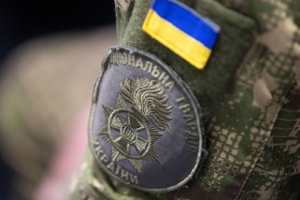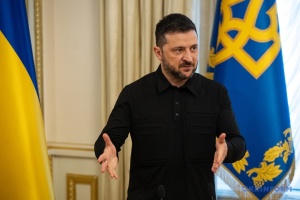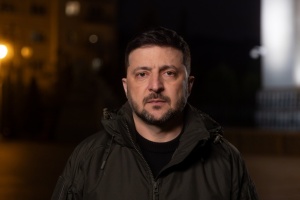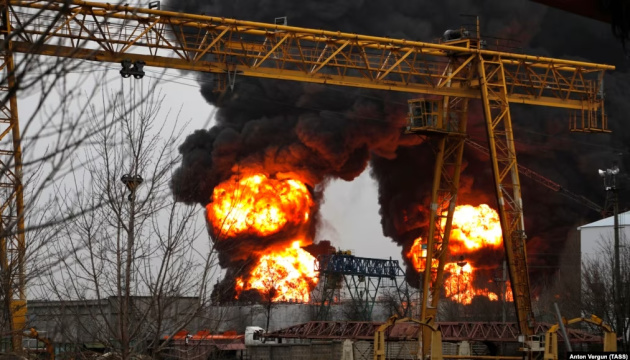
Regular explosions in Russian rear: how does this affect course of war?
In the first month of 2024, we have witnessed dozens of strikes on the territory of the aggressor country, both along the border and in the deep rear. The enterprises connected with the energy infrastructure are under the greatest threat of Ukrainian UAVs, in particular, Russian oil refineries, even those located at a distance of more than 1,000 kilometers, are systematically and abundantly "cotton blooming." And although the enemy traditionally reports after each explosive incident that there are "no paters," that everything flying over their territory is successfully shot down/jammed by electronic warfare, videos on social media showing burning fuel tanks suggest otherwise.
So, how can we assess the results of these strikes, what specific effect or, as it is now fashionable to say, profit Ukraine is getting from them, and most importantly, how much does it really affect the course of the war?
But first...
WHERE IT BURNED IN RUSSIA IN JANUARY 2024: NINE MOST STRIKING EXPLOSIVE INCIDENTS
- Oil depot in Orel
On January 9, drones attacked the Orelnefteprodukt oil depot in the Russian regional center of Orel. According to the propaganda channel BAZA, two drones attacked the facility.
- Oil depot in St. Petersburg
On the night of January 18, the target of the attack was the St. Petersburg oil terminal - the wreckage of the downed drone was found on the territory of the St. Petersburg Oil Terminal JSC. This is the northernmost and most distant point of attack from Ukraine - Ukrainian authorities reported that the drone that attacked St. Petersburg flew 1,250 kilometers.
Important: The St. Petersburg oil terminal is the oil depot that is actively used on the territory of Russia to circumvent the sanctions imposed for the full-scale war against Ukraine. It is from here that the occupation forces in Ukraine are supplied and financed, so this target is naturally considered important to hit. A strike on this oil depot would help weaken Russian forces based in Ukraine.
- Tambov gunpowder plant
On the night of January 19, drones attacked the Tambov Powder Plant in the city of Kotovsk.
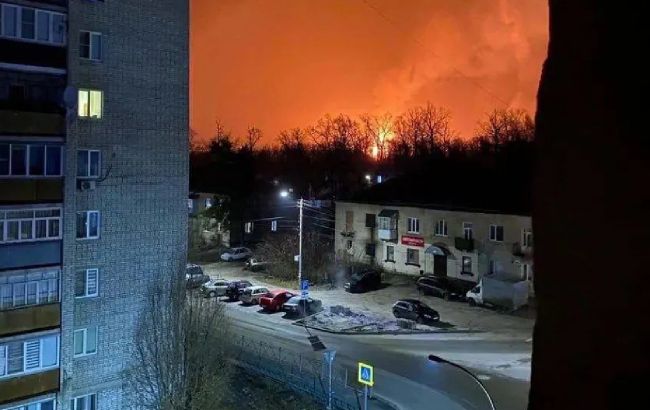
This plant is one of Russia's largest producers of small arms powder and artillery ammunition. After the start of Russia's full-scale invasion of Ukraine, the company increased production by 34%. Since January 2023, Tambov Powder Plant has been part of the Rostec state corporation.
- Oil depot in Klintsy
On January 19, following a drone attack, a massive fire broke out at an oil depot in the town of Klintsy (Bryansk Oblast), which is located almost 60 km from the northernmost point on Ukraine's border and 300 km from Kyiv, with four tanks of oil products on fire.
Important: This oil depot was used to ship fuel and lubricants, in particular for the needs of the Russian occupation forces. First of all, they were intended to supply the "West" and "Center" groups of troops. From there, the materials were transited directly to their area of responsibility - the temporarily occupied Luhansk region.
- Aircraft repair plant in the Smolensk region
On January 21, an aircraft repair plant was attacked in the Smolensk region of the Russian Federation. The enterprise is engaged in the production and repair of weapons, aircraft and military equipment. In particular, it produces X-59 missiles of various modifications of the air-to-surface class. These missiles are often used by Russians to fire at Ukraine.
- Oil terminal in Ust-Luga
On the night of January 21, an oil terminal of the Russian company Novatek, whose main owners are Russian oligarchs Leonid Mikhelson and Gennady Timchenko (both under EU and US sanctions), burned down in Ust-Luga (Leningrad Oblast) as a result of a drone attack on the seaport.
By the way, Timchenko is a longtime acquaintance of Putin and one of his confidants. He is also one of the shareholders of Bank Rossiya, which is considered to be the personal bank of senior officials of the aggressor country. According to Time magazine, Timchenko is a member of a narrow circle of Putin's "judo friends," along with brothers Arkady and Boris Rottenberg. The oligarch also actively attended amateur matches of the Night Hockey League in Sochi with the participation of the dictator. Their relationship stretches back to at least the 90s. Back then, Timchenko was actively helping Putin privatize St. Petersburg enterprises.
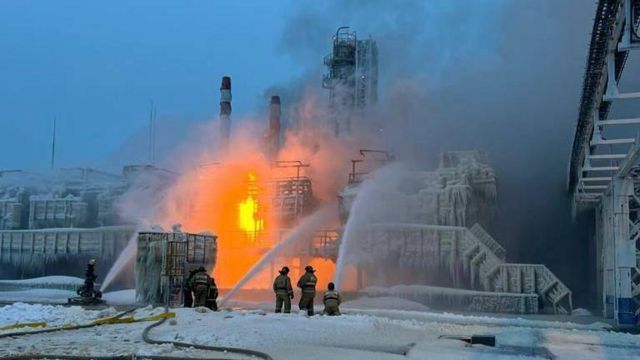
According to eyewitnesses, eight ships flying the flags of Panama, Malta, Liberia, Gabon, Greece, the Marshall Islands, the Cayman Islands, and Hong Kong were loading at the terminal in the Leningrad region when the UAVs struck.
- Shcheglovsky Val plant in Tula
On January 21, drones attacked one of Russia's largest defense industry enterprises, Shcheglovsky Val, located in the Tula region.
The plant develops guided weapons for ground forces, air defense systems, rapid-fire guns, and small arms. In particular, the plant's workshops assemble Pantsir-S and Pantsir-S1 anti-aircraft missile systems.
The company also modernizes old weapons.
For reference: "Pantsir-S1 is a Russian self-propelled anti-aircraft missile and gun system. It is designed to protect civilian and military facilities from air, ground and surface attacks. The vehicle was developed by the Tula Instrumentation Design Bureau. The system was created in 1994 and has since been modernized. The Pantsir-S1 is equipped with 12 57E6-E missiles and 1400 shells. The missiles can hit targets at an altitude of up to 15 kilometers and at a distance of up to 20 kilometers. The shells can cover a distance of up to 4 kilometers.
- Tuapse oil refinery
On January 24, Ukrainian drones hit a marine terminal belonging to the Tuapse Oil Refinery. It is the only refinery on the Black Sea coast. According to Russian media, the Rosneft refinery was allegedly attacked by three Ukrainian Beaver [Bober] UAVs. Later, the SBU noted that they were behind the attack on the Russian facility. They did not disclose what exactly was used to attack the terminal, but said that the fire damaged the primary oil processing unit, namely the vacuum and atmospheric columns.
The fire could not be extinguished for more than 8 hours, and it was reported that the fire covered 200 square meters of area. At the time of the strike, the refinery was handling 100 tons of gasoline and 200 tons of fuel oil.
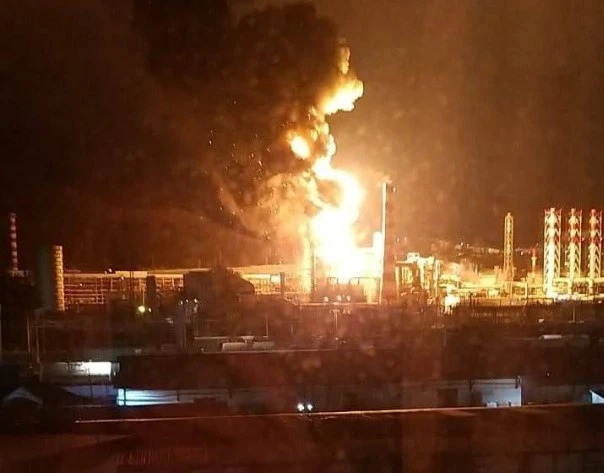
Important: This plant mainly produces gasoline and fuel oil, which are so necessary to power the occupiers' equipment in the East and South of Ukraine. The raw materials are delivered from Siberia, Orenburg and Stavropol.
- Oil refinery in Iaroslavl
On January 29, a drone attacked the Slavneft-IANOS refinery in Yaroslavl. The UAV crashed near the hydrocracking unit. Preliminarily, there were no serious consequences. At least for now. After all, this is the first time since the beginning of Russia's full-scale war against Ukraine that a drone has "visited" a facility in the Iaroslavl region.
Important: The Slavneft-Ianos refinery is one of the largest oil refineries in Russia. The average refining volume is about 15 million tons of hydrocarbon feedstock per year. IANOS's product range includes Euro-5 motor gasoline and diesel fuel, aviation kerosene, jet fuel, lubricants, bitumen, wax and wax products, aromatic hydrocarbons, liquefied gases and heating oil.
EACH DRONE ATTACK AFFECTS TO SOME EXTENT RUSSIA'S ABILITY TO CONTINUE THE WAR AGAINST UKRAINE.
In a commentary to Ukrinform, Oleksandr Kovalenko, a military and political observer of the Information Resistance group, noted that the recent strikes by the Ukrainian Defense Forces on the territory of the Russian Federation were mainly aimed at oil refineries, i.e. facilities related to the energy infrastructure of the aggressor country. And for good reason.
According to him, these enterprises, although considered commercial, are nevertheless an integral part of the supply of Russian occupation forces with fuel and lubricants that are delivered directly to the combat zone.
"Klintsy is an important transit hub in the Bryansk region for the transportation and logistics of fuels and lubricants, which is carried out in the interests of the Russian Ministry of Defense. Therefore, the oil bases that have been targeted by UAVs are quite legitimate military targets," the military expert says.
If earlier we observed how the Armed Forces of Ukraine systematically strike enemy warehouses with fuel and lubricants and other facilities in the temporarily occupied territories of Ukraine, now we are talking about the rear zone of Russia itself.
"And the zone that is located 1,000 kilometers from the border with Ukraine. The attacked oil depot in St. Petersburg is a vivid example of this," added Mr. Kovalenko.
Such attacks not only disrupt the overall supply chain of fuels and lubricants, but also hit Russia's export capabilities.
"Energy exports also finance the Russian budget, which is focused on supporting the war against Ukraine," our interlocutor emphasized. "Therefore, every time a facility is knocked out of the general system of logistics and production of fuels and lubricants, the entire chain is disrupted, supply is disrupted domestically, not only in the war zone itself, but even further afield."
When such an enterprise is shut down for even 2-3 days or a week, it has a significant impact on the aggressor's ability to supply the relevant fuel materials to the combat zone.

"If earlier we said that it is very important to disrupt the supply and proportional distribution of ammunition between Russian artillery, because, for example, if there is no shell, the howitzer does not fire, then in this case, with regard to fuel, we are talking about an even more effective impact. After all, if there is no fuel, the enemy tank or armored personnel carrier does not move. If there is no fuel, then the truck that delivers artillery shells, other weapons, etc. to the occupiers in the combat zone will not go. In other words, strikes on such facilities on the territory of the Russian Federation have a comprehensive impact. And this impact is really very effective," the analyst emphasizes.
Each such incident affects not only the moral and psychological state of Russians, who feel that the war is near. But it also has a broader impact, both of a military-technical, economic, and direct military nature. Each such explosion, each such incident is a small contribution to the overall treasury of achievements on the way to victory over Russia.
Meanwhile, Oleksandr Kovalenko predicts that over time, the amount of "cotton" on the enemy's territory will increase.
"Over the past months, Ukraine has been launching its drones in different directions, dispersing the enemy's attention along different trajectories so that the enemy does not have a general understanding of where to concentrate air defense assets and where not to. Another point is reconnaissance activities. All those small groups of drones that carried out "raids" on the Russian Federation in 2023 were also carrying out reconnaissance activities. Thus, the Ukrainian Defense Forces were creating a map of the enemy's air defense capabilities to understand where there are complexes, where there is protection, where there are gaps, and so on," the military expert believes.
And when this map is now more or less fully formed...
"It will be possible to use the gaps in Russian airspace more effectively. And do everything to ensure that the number of these incidents increases each time. Of course, there will be no massive attacks with 10-20 drones for now. But after a while, when the production of UAVs increases, attacks will be regular. Just remember - at first there were a few, and now we have been shown the production of a large number of such weapons. Given that Ukraine's long-range strike UAVs have proven their effectiveness in recent attacks, we can expect new effective strikes in the enemy's deep rear and good news in this regard in the near future," assures Oleksandr Kovalenko.
Among other things, the successful results of the "arrivals" demonstrate the overall impact of the war in Ukraine on Russian air defense.
"For almost two years, the war has actually destroyed at least a third of Russia's short- and medium-range air defense systems. These are the systems that counteract small-sized objects such as UAVs. Another third of these complexes are now located in Ukraine, in the temporarily occupied territories," added the Information Resistance Group observer.
Thus, Russia itself currently has about a third of the number of modern short- and medium-range systems to secure its airspace as of February 23, 2022.
"And this is critically not enough to close the entire Russian airspace. This is not even enough to close the airspace of several Russian regions, not to mention the entire gigantic territory," Mr. Kovalenko emphasized.
And this is Pavlo Lakiychuk, Head of Military Programs at the Center for Global Studies "Strategy XXI": "Long-range strikes on military-industrial targets can be divided into two components:
- strikes against Russian enterprises that produce weapons and components for them (rocket fuel, warheads, software for them) - this is a "long arm", part of the operation to weaken the enemy's potential to strike our cities and villages;
- strikes on the fuel and energy sector facilities - apart from purely military significance, and these refineries and tank farms are part of the Russian military machine, their disorganization is a blow to Russia's ability to accumulate bloody petrodollars for war.
We can say that this is our contribution to the oil embargo against the aggressor state: we cannot block the movement of "gray" and "black" tankers, but we can complicate the work of the enterprises that "feed" them.
For example, according to him, after the strikes on Ust-Luga, Russians suffered not only direct losses from the temporary suspension of oil and oil products shipments, but also indirect losses due to the increase in transportation costs from dangerous areas.
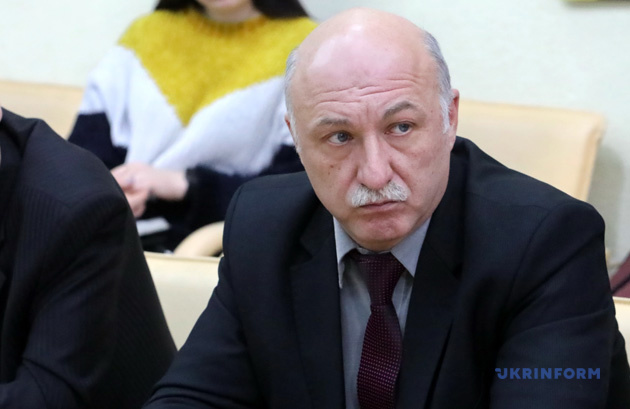
"Now, not only Russian oil ports in the Black Sea, but also their terminals in the Baltic are considered "potentially dangerous". Taken together, this means that 70% of Russian oil exports are at risk," says Mr. Lakiychuk.
It is clear that such actions by the Ukrainian defense forces will not completely stop the "mad gas station" overnight, but in the long run will seriously affect its productivity.
"Add to this the psychological effect. Not only are ordinary Russians complaining, "what is going on - is it really a war?" Russian oligarchs are also nervous. All sorts of Rottenbergs and Timchenkos. Their comrade in the Ozero cooperative let them down, they did not expect what they had expected from him," the military expert ironically says.
In general, the strikes on the fuel and energy complex of the Russian Federation have demonstrated their effectiveness.
"So we should expect more of them. More and further. The initiative has passed into our hands," summarized Pavlo Lakiychuk.
Myroslav Liskovych. Kyiv

